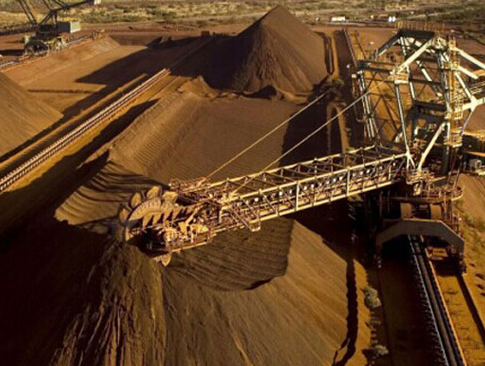1. Long production cycle. The production cycle of ordinary power graphite electrodes is about 45 days. The production cycle of ultra-high power graphite electrodes is more than 70 days. The production cycle of graphite electrode joints requiring multiple dipping is longer.
2. Higher energy consumption. The production of 1t of ordinary power graphite electrodes consumes about 6000kW·h of electric energy, thousands of cubic meters of coal gas or natural gas, and about 1t of metallurgical coke particles and metallurgical coke powder.
3. Multiple production processes. The production process includes raw material calcination, crushing and grinding, batching, kneading, forming, roasting, impregnation, graphitization, and mechanical processing. Its production requires a lot of special mechanical equipment and kilns with special structures, the construction investment is relatively large, and the investment recovery period is relatively long.
4. A certain amount of dust and harmful gases are generated during the production process, and environmental protection measures such as perfect ventilation and dust reduction and elimination of harmful gases need to be taken.
5. Carbon raw materials such as petroleum coke and coal pitch are by-products produced and processed by oil refining and chemical companies. The quality and stability of the raw materials cannot be fully guaranteed, especially for high-power and ultra-high-power graphite electrodes. In particular, needle coke, modified electrode pitch, and low quinoline insoluble used in high-power and ultra-high-power graphite electrodes, special impregnant pitch, urgently need the attention and active cooperation of petroleum and coal chemical processing enterprises.
1. For the electric arc steelmaking furnace
Graphite electrodes are consumed in large quantities in electric furnace steelmaking. Electric furnace steelmaking is smelting by using graphite electrodes to introduce electric current into the furnace and then using the high-temperature heat source generated by the electric arc triggered between the electric extremity and the charge.
2. For the submerged electric furnace
The submerged electric furnace is mainly used to produce industrial silicon and yellow phosphorus. Its characteristic is that the lower part of the conductive electrode is buried in the charge, an arc is formed in the charge layer, and the heat generated by the furnace resistance is used to heat the charge. Graphite electrodes are required to mine thermoelectric furnaces with higher current density requirements. For example, about 100kg of graphite electrodes are consumed for every 1 ton of silicon produced. About 40 kg graphite electrodes are consumed for every production of 1 ton of yellow phosphorus.
3. For the resistance furnace
Graphitization furnaces for the production of graphite products, melting furnaces for melting glass, and electric furnaces for the production of silicon carbide are all resistance furnaces. The materials in the furnace are both heating resistors and objects to be heated. Generally, conductive graphite electrodes are embedded at the end of the resistance furnace, in the furnace wall of the part, and discontinuous consumption.
4. For preparing special-shaped graphite products
The blanks of graphite electrodes are also used for processing into various crucibles, molds, boats and heating elements, and other special-shaped graphite products.
